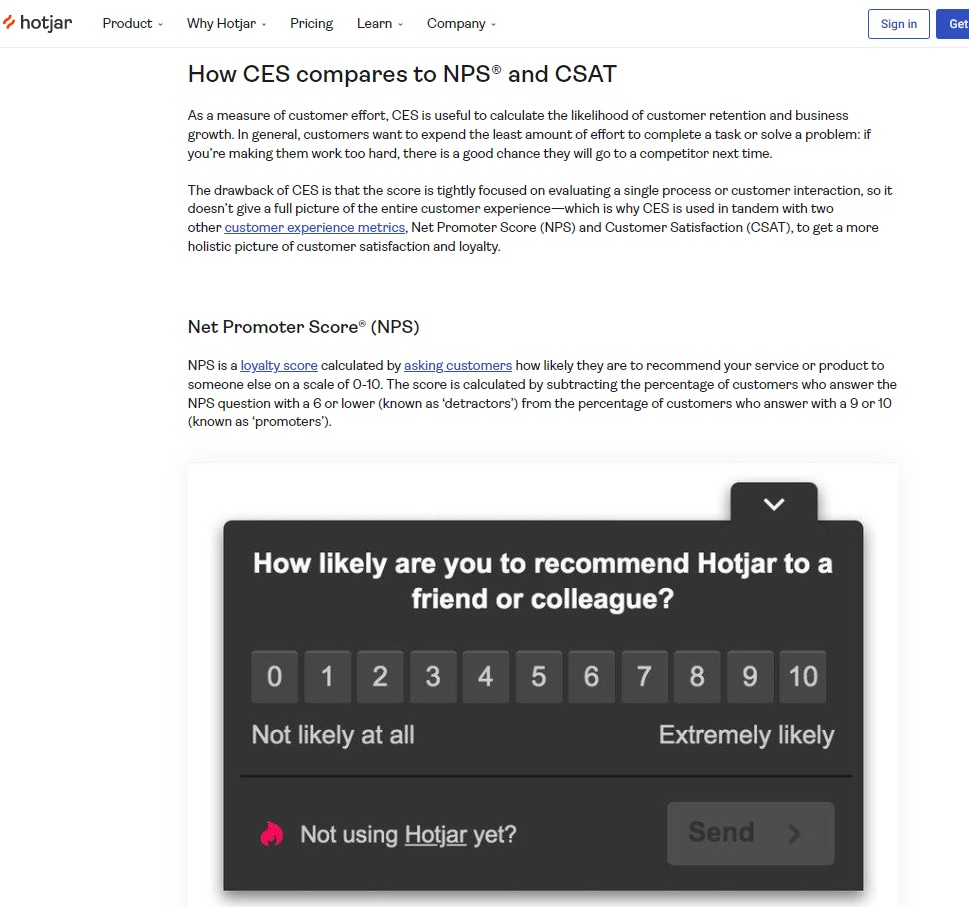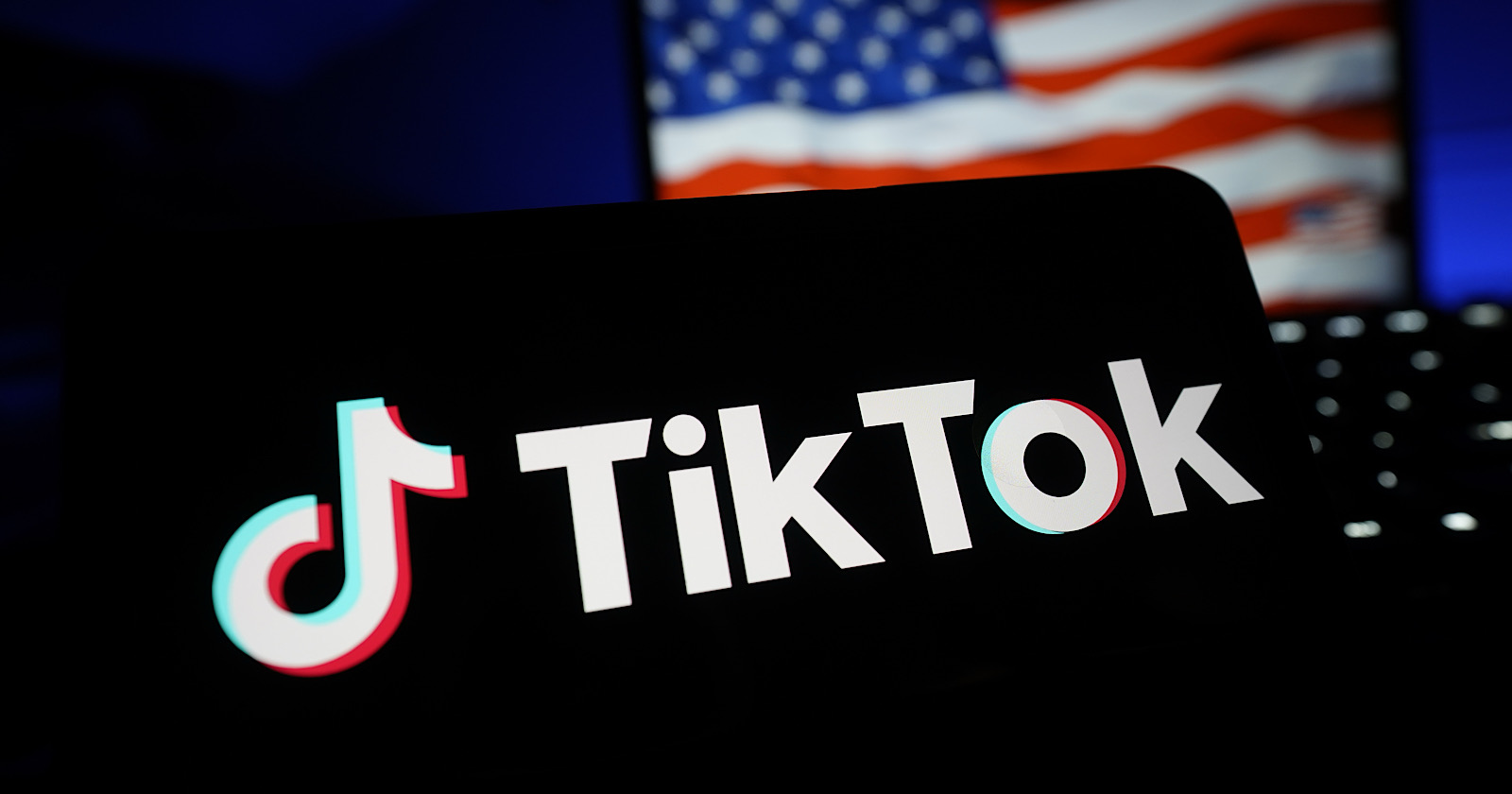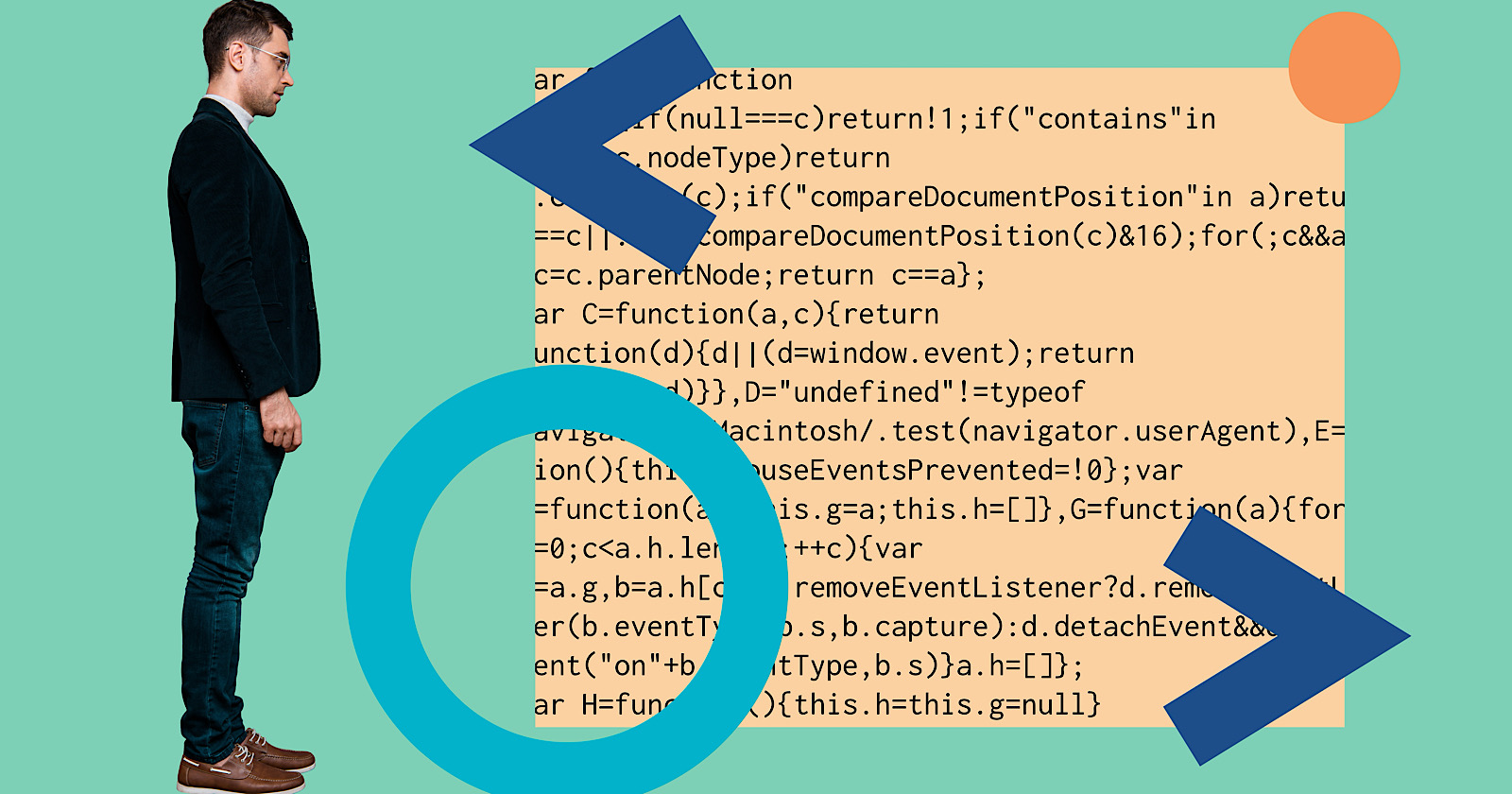What Is Product-Led Content and How to Use It to Maximize Your ROI
I messed up with my first agency’s content strategy. When I launched Idunn, our blog was a goldmine of information: how-to guides, precise step-by-step instructions, trade secrets, and more. We got a ton of traffic, but very few leads....

I messed up with my first agency’s content strategy.
When I launched Idunn, our blog was a goldmine of information: how-to guides, precise step-by-step instructions, trade secrets, and more. We got a ton of traffic, but very few leads.
This is a cautionary tale that I’ve told quite a few times. And I’ll keep telling whenever I see a content strategy that seems like a perfect fit for Wikipedia, but not for a business that needs ROI.
What was wrong with our initial strategy – and a lot of content strategies I see today? They’re informative, but they lack the connection to what the publisher is selling.
This is where product-led content comes into play.
What Is Product-Led Content?
Product-led content is a type of content designed to help the reader solve a problem by using your product.
Does this mean that we’re done with informational content? Not at all!
You see, the strategy I used when I launched my agency was trendy back in 2015. In the meantime, marketers have realized that offering information is great, but only if you can also tie it with your own products.
Thus, product-led content is information, but it also weaves in details about the product/the solution you are selling.
Product-led content is not a sleazy long-form ad. It’s a way to offer information to your reader – trustworthy, in-depth information – and to get SQLs (Sales Qualified Leads) in the process.
More importantly, product-led content does not promote your product directly. It offers your product as a solution among others.
Example time: on a blog post titled Understanding and measuring your Customer Effort Score (CES), Hotjar tells you everything you need to know about CES. They’ve got definitions, examples, screenshots, how-tos, and more.
But they also have this part:
 Screencapture of Hotjar provided by Author
Screencapture of Hotjar provided by AuthorYou receive important impartial information: how to differentiate CES, NPS, and CSAT. Plus a way to measure NPS using their solution, with a screenshot to make things easier to remember.
This is how you get content that’s valuable for the reader AND for your business.
Why Is Product-Led Content Important?
Let’s think about how product-led content works using the definition and the example above: it offers answers to readers’ questions and a quick solution: your product.
Granted, not everyone who reads a product-led blog post will become a paying customer. In fact, very few of them will convert right away. But:
Product-Led Content Improves Brand Awareness
People looking for the difference between CES and NPS will stumble upon Hotjar’s article. Thanks to that eye-popping screenshot, they will start associating NPS with Hotjar. When they need a solution to measure NPS, they will remember this.
You Can Get More SQLs
A product-led blog post that answers a real need will be read by people who need your product. The leads pre-qualify themselves.
Better yet, when people subscribe to your newsletter to get more of that awesome content they just read, they already know about your product. People who subscribed to our newsletter back when our strategy wasn’t product-led had no idea what we were selling.
They were so far from being qualified that most of them were actual competitors of ours. Learn from our mistakes and from Hotjar’s wins!
You Retain Existing Customers
If your product is complex (for instance, a feature-heavy SaaS solution), then it’s likely that very few of your subscribers use it to the fullest. However, since they are typically also subscribed to your newsletter, your product-led content can help them leverage their subscription to the fullest.
You wouldn’t want them migrating to a competitor just because that competitor did a better job of promoting a feature you also have, right?
Ready to create product-led content? Let’s see how you can do it!
How to Create Product-Led Content to Attract and Retain Customers
Just like any other marketing tactic, product-led content is not for everyone. We’ve had the best results for our clients in:
SaaS/XaaS (case study here)Consumer and B2B tech (case study here)Digital marketing (for our own agency and for partner agencies)Of course, you can apply the advice below to any field. But before you do, start by making sure that product-led content is right for you.
Identify Customer Pain PointsThis should be a fairly straightforward step, since you have to do this to develop your product in the first place. I advise you to re-trace your steps for content purposes this time.
Go even more in-depth with the pain points.
Let’s say your solution helps the user save time. That’s great – everyone wants more free time.
But what exactly is that something that takes up too much time? Can you break into more activities?
Here’s an example: in my agency, we use Sendible to schedule our social media posts for our own accounts and for those of our social media management customers. This saves us time in several ways:
No more switching between profiles or platforms.Consolidated and customized reports that we can send to our clients with a single click.Fresh ideas for content to post within the Sendible dashboard.We can manage all the accounts from our Sendible dashboard – see messages, tweets, comments, and reply to them directly from Sendible.Each of these answers to our pain points can be turned into a product-led piece of content.
Choose Topics that Your Product/Solution Can Really SolveYou can mention your solution anywhere. But if it’s unnatural, it’s useless.
For example, I chose this topic because my agency creates a lot of product-led content. So I can take this opportunity to tell you that if you want well-written, ROI-generating content, you can contact my team.
One thing my agency doesn’t do is offer backlinking services. I know very well how this works, but since we don’t do it, you won’t see me write an in-depth article about backlinking because it doesn’t match my business goals.
What I could do, though, is write 2,000 words about how to get backlinks and mention our SEO writing services. The two are connected – and you will get more backlinks naturally with good SEO content –, but the topic doesn’t tie in directly with what we do.
So while I may mention backlinks and their importance, my focus will always be on topics about needs that our services can solve directly.
Go for the Low-Hanging FruitsIn this case, these are long-tail, low-volume keywords. They will get you less traffic, but they will be easier to rank for and you’ll find it easier to match topics with needs your product can solve.
Can you write product-led content without SEO? Absolutely, but you’d miss out on the opportunity to attract new customers. It will still work for retaining existing ones, though.
In my experience, the best way to leverage this type of content is through SEO. Optimization gives you the perfect opportunity to reach new audiences and to increase your brand awareness, as well as to get new SQLs.
Final Thoughts: Don’t Forget About the Informational Purpose of the Content
It’s very easy to completely turn things around and forget that your content should answer real questions or pain points first and foremost – not promote your product. Remember that your content should be product-led, not product-centric. You’ve got testimonials, case studies, and ads for the latter.
Need help with creating product-led content? My team of expert content writers and I are just a click away. Let’s talk!

 Tfoso
Tfoso 
































